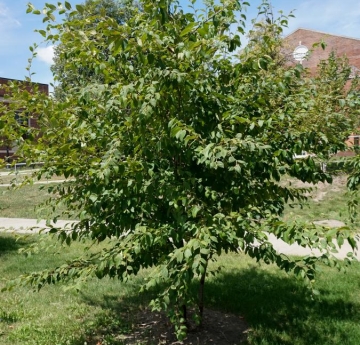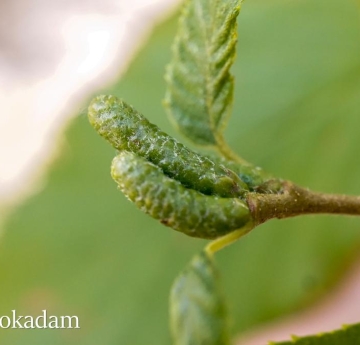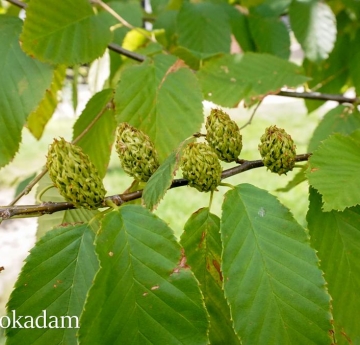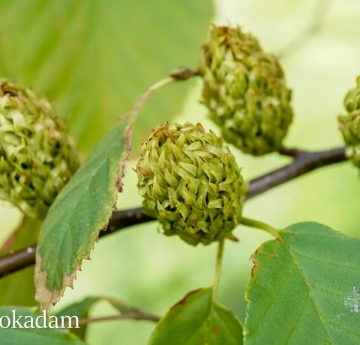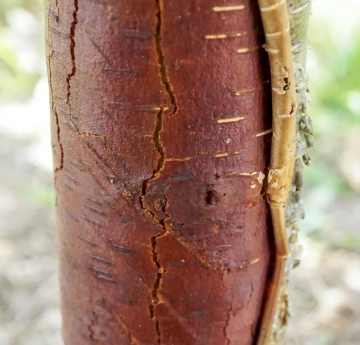Scientific name: Betula alleghaniensis
Common name: Yellow Birch
Native: Yes
Native range: Native to northeastern North America [1,3].
Distribution in North America: Click to view the USDA Plants Database page for B. alleghaniensis.
USDA Zones: 3-7 [2]
Maximum age: Yellow birch often live to 150 years, but can live as long as 350 years or more [1,3].
Ecology: The leaves and seedlings provide important forage for deer, moose, and snowshoe hare. The seeds and catkins are consumed by squirrels and birds [1,3]. The yellow sapsucker, in particular, is attracted to the tree - its preferred forage [3]. Beavers and porcupines chew the bark [1,3].
Ethnobotany: The sap is sweet and can be processed into a syrup, and the inner bark may be made into a tea [1]. It is also valued for its lumber, and is used in furniture making and woodworking [1,3]. It is also the primary hardwood used in the industrial manufacturing of wood alcohol, tar, and charcoal [1]. Indigenous American groups use it not only as a food and building material, but also as a component of several medicines [4].


